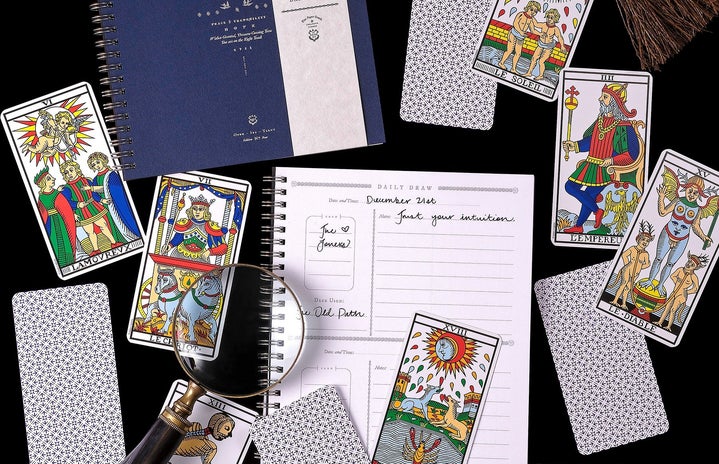“We should learn to see everyday life as mandala – the luminous fringes of experience which radiate spontaneously from the empty nature of our being. The aspects of our mandala are the day-to-day objects of our life experience moving in the dance or play of the universe.” –Dilgo Khyentse Rinpoche
The word “Mandala” has its roots in Sanskrit and literally translates to a ‘circle’. It is a geometrical representation of the Universe which focuses one’s attention. Generally, it has one identifiable centre point.
It is a bridge that connects our inner world with the outer reality.
According to artist Saudamini Madra, Mandala Art is all about finding peace in the symmetry of the design and of the universe.
TYPES OF MANDALA ART
Mandala Art is of several kinds. Some of them are:-
- Hindu Mandala
- Geometric Mandala
- Healing Mandala
- Sand Mandala
- Flower Mandala
HOW TO DRAW?
- Take a sheet of paper, and measure it in a square shape. Visualize the space that will be needed to draw different shapes. Draw 4 lines that cross the middle of the square which are vertical, horizontal, left diagonal and right diagonal respectively.
- Put a dot in the centre and then some more on each line to draw a proper circle. Ensure that the dots are at equal distances.
- Connect the dots that you placed on lines to draw circles, one after the other.
- Star drawing patterns and shapes of different kinds such as triangles, leaves etc. to make it beautiful.
- Now it’s time to add colours. Whether you want to use a variety of colours or just stick to one, it’s your choice. You can even choose not to add colours and let it be as it is. But if adding them, try to move from centre to outwards to avoid touching the other parts of the drawing.
- Highlight the borders of your Mandala with a bold marker to make your design more prominent.
If you wish to include any further add-ons of patterns or colours, you may. Let your creativity rule.
MANDALA ART THERAPY
Mandala art therapy is a kind of psychotherapy in which a trained therapist guides clients suffering from mental ailments through a variety of artistic processes using geometric patterns to restore a sense of healthy mental balance. This therapy is used to treat depression, post-traumatic stress disorder, grief, anger management, improve self-esteem, management of addictions, relieve stress, improve symptoms of anxiety and cope with any kind of physical illness or disability.
In this therapy, the client is asked to create a mandala that represents their emotions. People experience solace and find these mandalas as powerful tools for containing negative emotions, such as fear, anxiety, or anger. The most interesting aspect of mandala art therapy is the fact that each mandala provides a clear picture of the emotional state of its creator. Some therapists encourage clients to create a “mandala journal” which provides a visual representation of the client’s emotional state over a while.
Benefits of this therapy-
Stress Reliever
In the present day, everyone is multitasking by trying to balance both work and home. This creates a lot of mental stress and if not checked on time, it can lead to mental health problems. Colouring mandalas are great stress busters. Mandalas require one to be attentive and calm to colour intricate patterns. The total focus on colouring helps a person to acquire stress relief and reduced anxiety.
Therapeutic effect
Mandala art therapy has an effective healing power. Colouring helps in the reduction of negative thoughts, and unpleasantness. It also helps in the activation of both analytical and creative parts of the brain, increases problem-solving skills, refines cognitive skills, and produces inner strength.
Mandala art definitely requires immense patience but it surely is very soothing, providing a platform where your art isn’t limited to any specific design.


